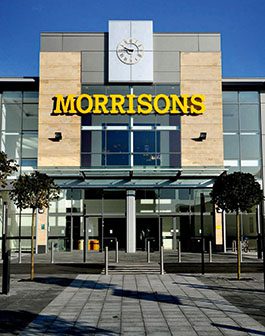Supermarket shoppers spend £480m more than in 2015

SUPERMARKET checkouts rung up a record Christmas while the grocery market returned to inflation for the first time in over two years, according to market researcher Kantar Worldpanel.
Its figures, published for the 12 weeks ending 1 January 2017, show the fastest recorded growth since June 2014, thanks to an additional consumer spend of almost half a billion pounds, increasing total supermarket sales by 1.8%.
Overall market growth and two additional shopping days the week before Christmas left room for most retailers to find some success over the festive period. The big four supermarkets together accounted for 71.4% of market share, with a sales increase of 0.1%.
Fraser McKevitt says: “Tesco’s recent sales revival continued with an increase of 1.3% particularly helped by its performance within fresh food. However, this wasn’t enough to stop its market share from falling back by 0.1 percentage points to 28.2%.
“Morrisons, whose overall sales were held back in 2016 by the impact of a number of store closures, marked a strong start to the year with growth of 1.2% – its first period of growth since June 2015.
“The discounters tend to take a slightly smaller share of the market in December than the rest of the year as consumers revert to traditional retailers for the holiday season. This year sales growth for both Aldi and Lidl accelerated compared to pre-Christmas levels as shoppers continued to warm to their premium lines. Year-on-year, Aldi grew sales by 11.8% and market share to 6%, while Lidl’s sales growth of 7.5% increased its share by 0.2 percentage points to 4.4%.”
Nielsen research for the four-week period ending 31 December 2016 similarly found the Christmas period was “surprisingly strong”.
Mike Watkins, Nielsen’s UK head of retailer and business insight, said: “The remarkable buoyancy in shoppers spending freely in the final two weeks of the year to enjoy the festivities was good news for retailers considering the consumer head winds expected in 2017 with the return of cost price inflation – after three years of deflation – plus the ongoing uncertainty about the impact of Brexit on UK grocery sales.”


















